Stuart A. Thompson and Yaryna Serkez for New York Times Opinion on decreasing movement, based on mobile phone data:
The impact of social distancing and work-from-home measures has been captured using data on smartphone movements, an analysis of which was provided to the Times Opinion section by Descartes Labs, a geospatial analysis company.
The data shows how states hit hard by the virus, like New York, California and Washington, have seen travel plummet. But other states with fewer confirmed infections have seen smaller declines, presenting challenges for controlling the spread of the virus.
If you can: stay at home, stay at home, stay at home. Keep going.
As an aside, this is an interesting juxtaposition to privacy concerns over mobile data used for less than honorable purposes. From Descartes Labs, who analyzed the data for NYT:
Location data, as reported by mobile devices, is a powerful resource to understand our world and monitor aggregate change in human behavior in times of crisis. While there are legitimate privacy concerns associated with location data, Coronavirus demonstrates that there are important applications for this data to address some of the more vexing challenges we face in a world where society and economies are more complicated than ever before. Consistent with industry norms, we source data that is de-identified, and we do not use it to identify an individual. All resulting analysis is then statistically aggregated, removing the ability to characterize the behavior of any single device.

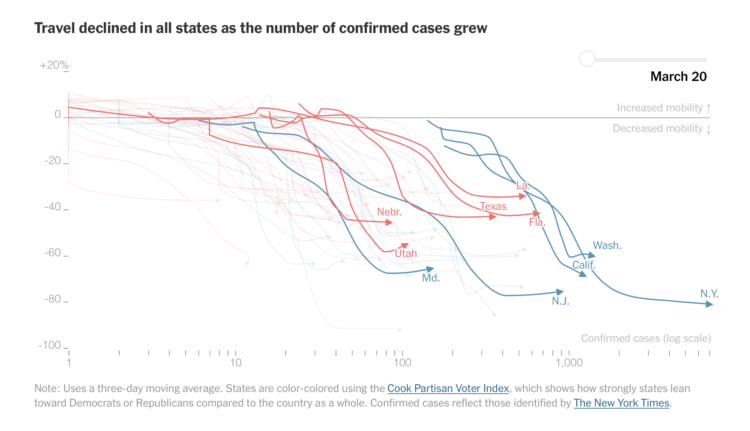
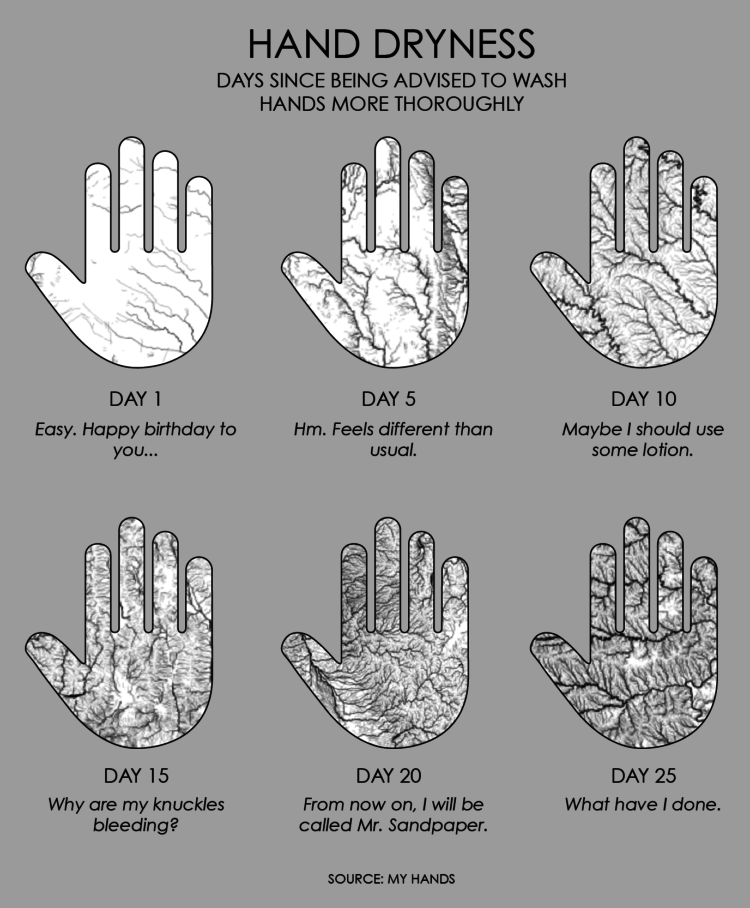



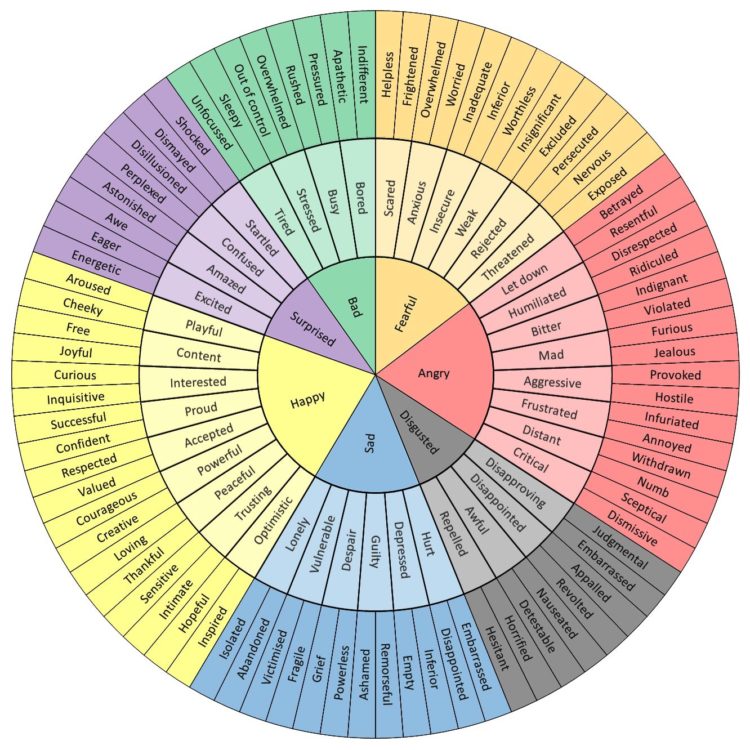
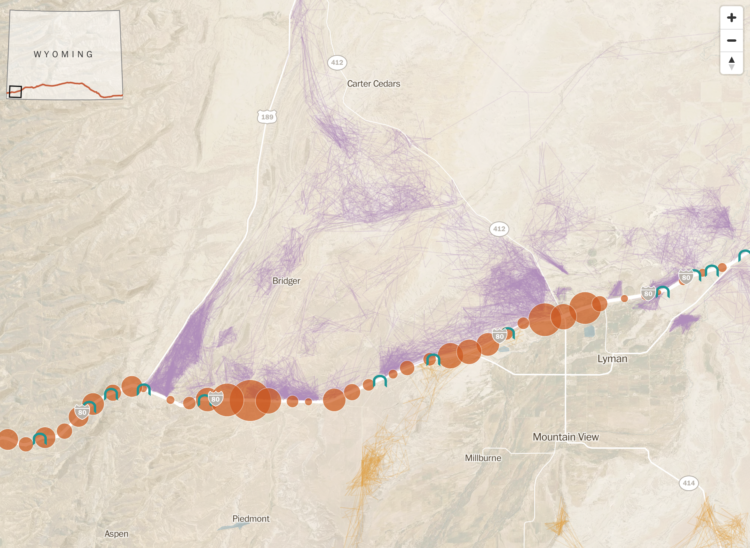
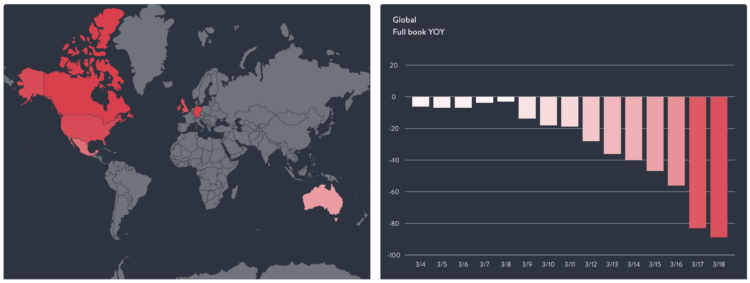
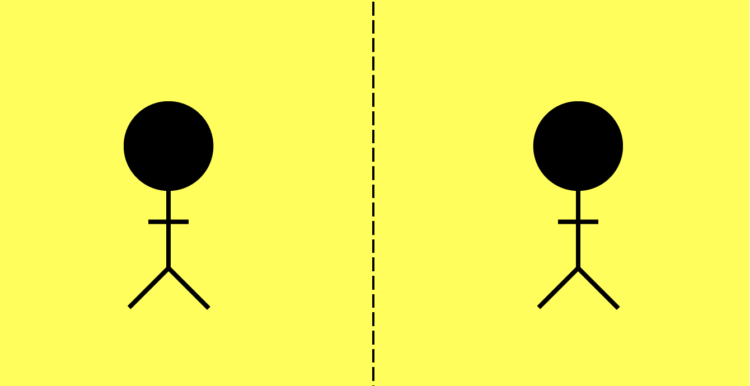
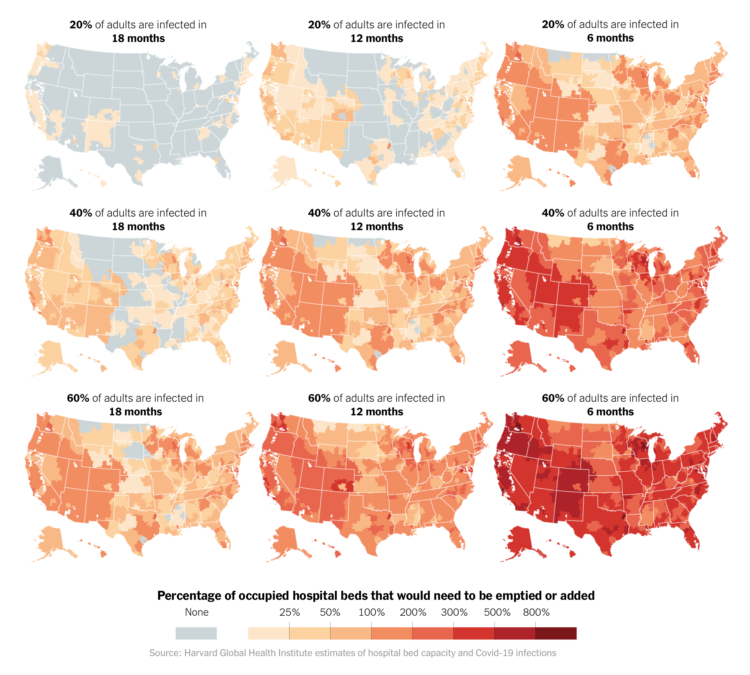

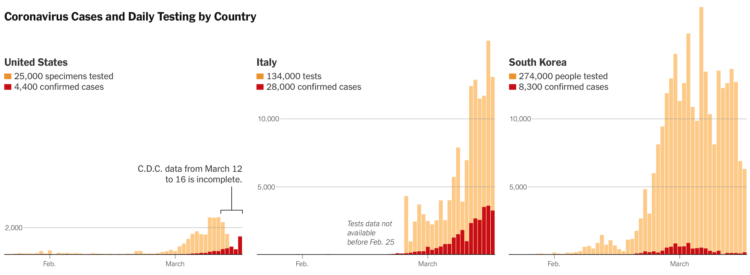
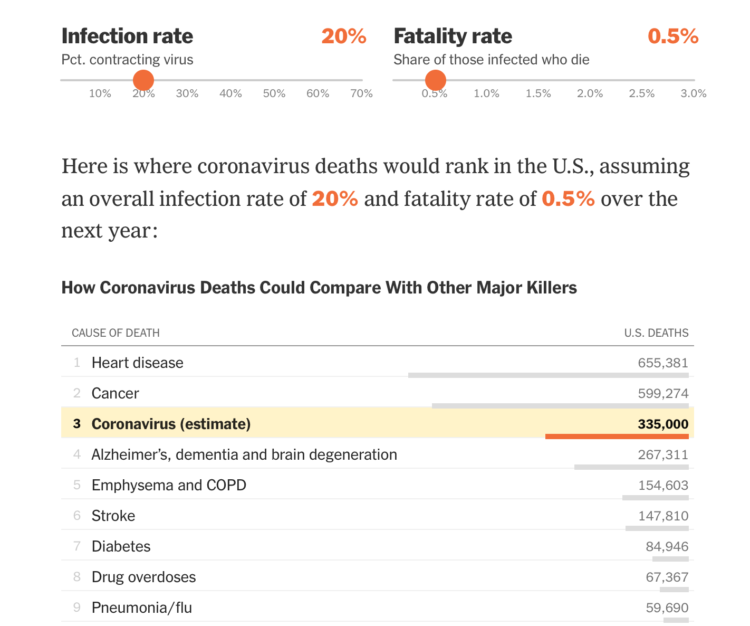
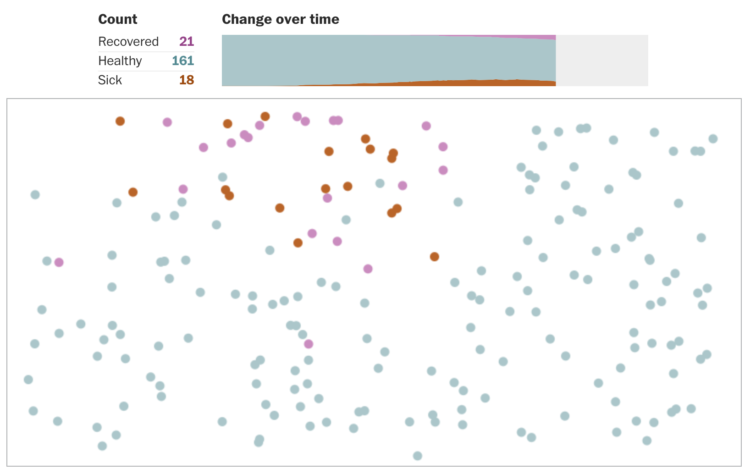
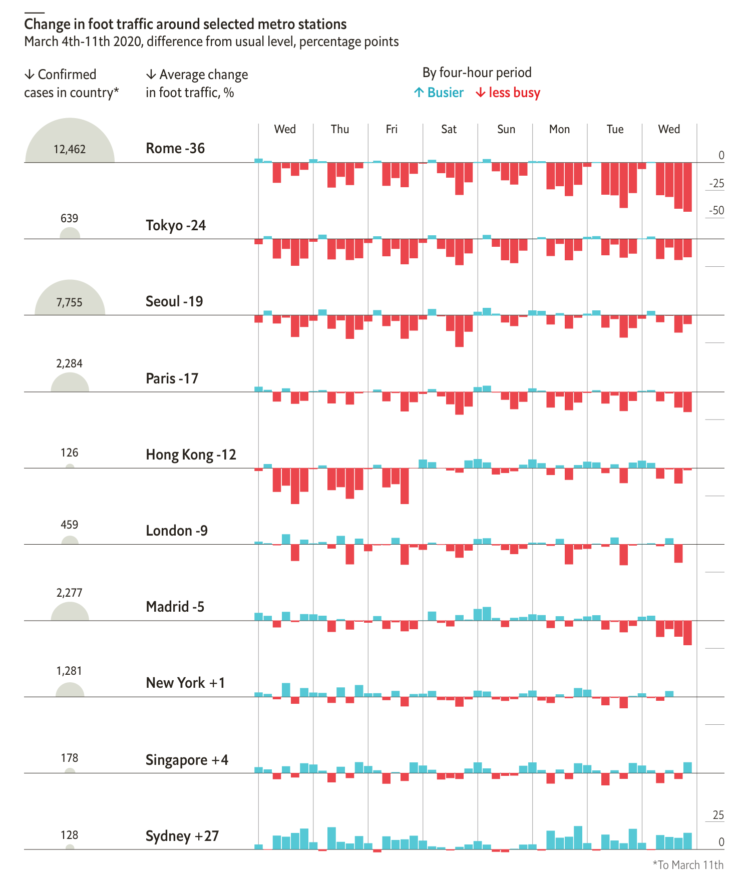











 Visualize This: The FlowingData Guide to Design, Visualization, and Statistics
Visualize This: The FlowingData Guide to Design, Visualization, and Statistics
